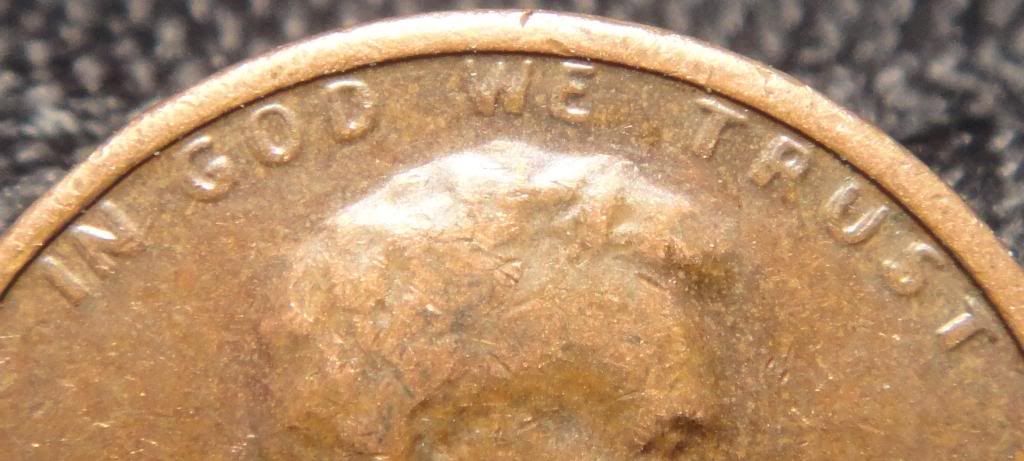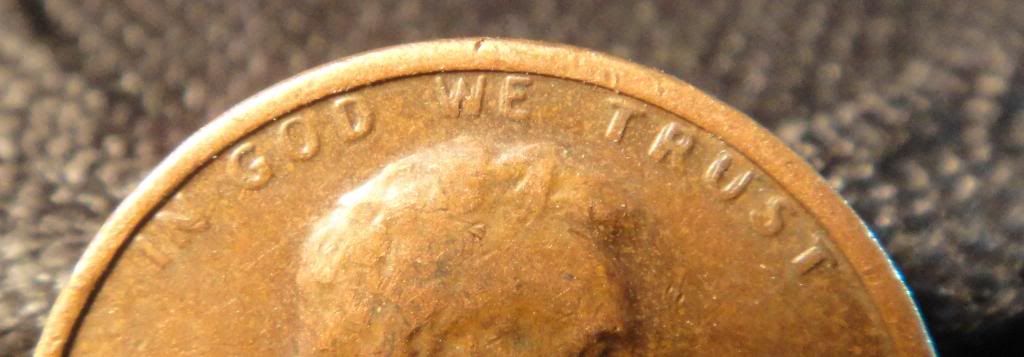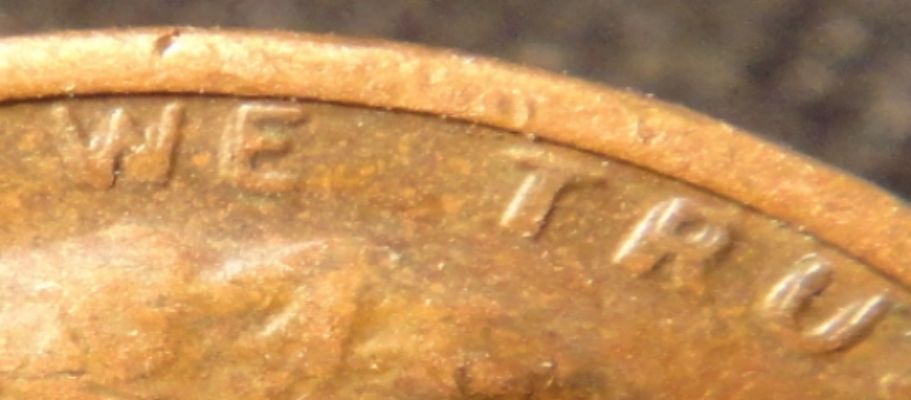The 1955 DDO is the easiest example to ID. Others not so much as the doubling is more subtle. True Double Dies are rare ... they are on the die itself and weren't supposed to pass the mint's QC process. Machine-doubling occurs much more frequently and is not on the die, but a by-product of the minting process. Machine doubling adds no value to the coin. Let me share a tutorial from one of the recognized experts on double-dies. It includes an explanation of the die-making process ... a key to understanding what a true double-die is.
"One thing I was wondering is how a double die becomes a double die?
Good question. Dies start as a bar of steel with a finely cut conical shape to the end. A positive relief (looks like the coins) steel bar called a "hub" presses the design into the die, so it's backwards on the die. This, in turn, punches the coins with the design right side out so everything looks normal.
During the process of making a die, the mint used to partially press the design (called hubbing) into the die, then send the die to an oven to cook it for a while - a day, actually. This process is called 'annealing' - it helps strengthen the steel so the die can punch a lot of coins. Then the die would return for another hubbing. This process was repeated until the die had the entire design impressed into it.
Hub doubling is the term used to describe doubling that occurs on the die during the hubbing process. The die is not fitted properly into the hubbing press for one of its hubbings, and the impression is off. It causes doubling on the die. When these dies pass inspection (none were supposed to), they would be hung on the coining press and would mint coins with doubled designs...doubled dies.
Doubled dies are scarce because the doubling is in the design on the die. The dies are very carefully hand inspected before they are placed on the press to make coins, because that design could potentially be repeated a million times...they want to make sure they get it right. But for one reason or another once in a great while a die gets used that has doubling on it.
So...why doubled dies and not machine doubling? Well, machine doubling happens any time any die gets loose in the coining press - which happens very frequently - at least daily, if not more often than that. So...machine doubling to some degree or another is VERY common. Doubled dies, as described before, are very scarce and happen infrequently.
How do you tell the difference? Simplest part is that machine doubling usually occurs with dies that have normal designs on them - the doubling is caused by the die bouncing and hitting the coin again, slightly off-kilter. This actually flattens part of the edges of some of the letters on the coins, effectively making them thinner than they would have been had the coin been struck normally. So, machine doubling is flattened down, and takes up part of the normal thickness of the letters.
Doubled dies, on the other hand, are struck that way because of the design on the die. So, the doubling is acutally thicker than normal letters on a normal coin. The doubling stands out just like the normal letters on the coin, and there are often "notches" at the corners of the letters, where the letters overlap and the two corners of the two sets of letters don't meet. The notch is the space between the corners of the two sets of letters. Now, not all doubled dies have notching in the classic sense, but the letters are usually thicker than normal letters in some direction or another.
Best way to learn the difference...buy a few doubled dies or get a good book that shows a lot of pictures of them. Study, study, study...and do not expect to quickly find a doubled die in your change. I've been doing this for almost 30 years and can tell you from experience...finding doubled dies takes a LOT of patience.
Another way to learn is to go back about a year in the threads here and look at every picture posted. Learn from what others have found. It costs nothing to read the millions of words of posts made here on this board, and there's a lot of visual help right here." (author Coppercoins)
If I get a chance, I'll try to upload some pictures that visually show the difference.





